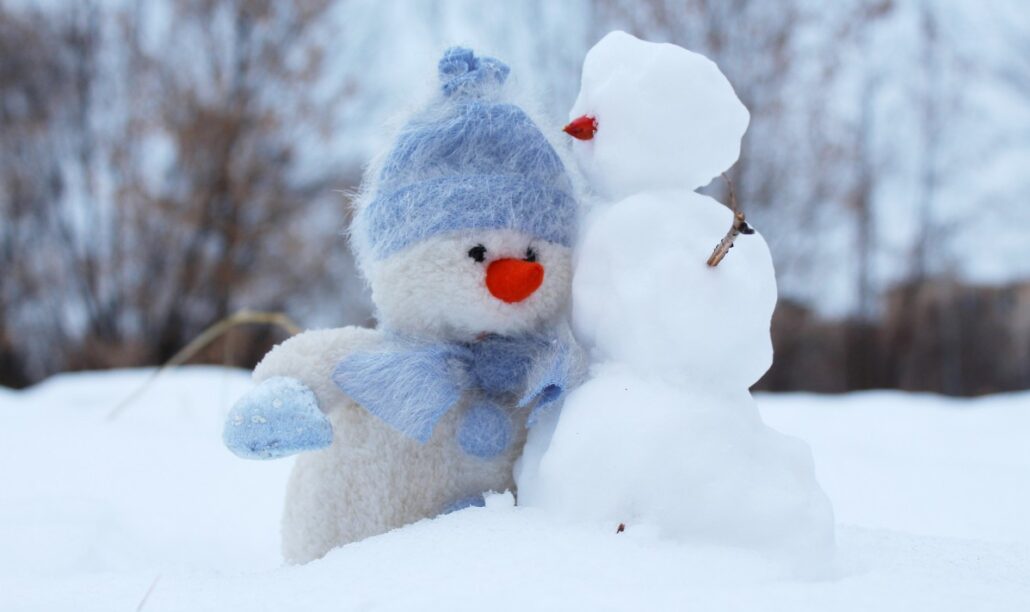By: Lauren Formosa, WMEAC Eco-Journalism Intern
It’s the most wonderful time of the year, but also the time when we most overconsume and undervalue sustainable practices. With all of the holiday hustle and bustle, it is easy to forget that some of the winter and holiday practices that are second nature have unintentional negative environmental impacts.
Implementing small changes to your holiday routine can help make your winter celebrations and day-to-day life more eco-friendly. Almost everything from holiday decorations to snow maintenance can be made more green to help have a more sustainable winter season.
Here are a few changes to keep in mind going into the holiday season and the new year.
Christmas Trees
Christmas trees are a winter staple in many homes. However, both the traditional real and artificial trees have their own environmental drawbacks.
Although an artificial tree can last someone many years if made well and taken care of each year, they take a lot of resources to make and leave a hefty carbon footprint. In order for an artificial Christmas tree to have the same carbon footprint as a real cut tree, you would need to use it each holiday season for more than ten years. While cut trees seem like the better solution, disposing of them after Christmas puts countless trees in landfills where they are often incinerated.
Another solution to the Christmas tree debate would be to use potted Christmas trees instead. Companies like Rent a Christmas Tree deliver potted trees to homes and businesses to be rented for 30 days, after which they are picked up and replanted to use again next season.
Since these trees are still alive, potted trees have the advantage of producing oxygen and not dropping needles inside the home. After Christmas Day, you can feel good that your tree will avoid the landfill and go back into the environment until next year when the cycle repeats.
Holiday Decorations
With how much shopping we all do during the holiday season, it can be hard to not stock up on the new decorations that hit the shelves each year. It can be more convenient to buy single-use decorations that can be thrown out after the season ends, but it might not be a bad idea to spend a little extra on well-made decorations.
Using decorations you already have can both save money and create a sustainable holiday practice of reusing previous years’ decorations. If stored well, some decorations can last for years.
There are also many holiday decorations on the market that are made with recycled materials, particularly those made by small businesses on sites like Etsy. DIYing decorations can also help take something old you already own and turn it into something new for the season.
Energy-Efficient Lights
Everyone loves looking at Christmas lights, but they are one of our most unsustainable holiday practices.
According to the U.S. Department of Energy, holiday lights use up more than six terawatt-hours per year, or the equivalent of the total electricity consumption of 500,000 homes in one month. As a result of how much energy is used to power these lights, greenhouse gas emissions are increased from the burning of coal, oil, and natural gases.
LED light strands are the top recommended substitute for traditional lighting since they use 90% less energy than traditional Christmas bulbs. In addition, LED lights are more durable, safer to use, and less expensive.
Switching to LED lights can also help put some money back into your holiday budget. LED bulbs can last for at least 10 holiday seasons, meaning that you won’t have to worry about replacing your strands each year.
Snow Management
If there’s one thing we know in Michigan, it’s snow. Although it looks pretty and really makes the season shine, dealing with it can be a pain.
Waking up to snow on your driveway is the worst, but taking time to make sure you shovel in a way that accommodates snowplows can help the environment more than you may think. Take note of where the plows push the snow and make room for it by shoveling a patch on the right-hand side of your driveway (when looking toward the house).
When shoveling or using a snow blower, it’s important to make sure it ends up on the grass or other greenery to minimize run-off when the snow melts. Keep areas like storm drains and fire hydrants clear of snow for easy access.
Ice Melting
Ice can be terrible to manage, but you should avoid the overuse of road salt or other chemical deicers that contribute chloride to the environment.
According to the Environmental Protection Agency (EPA), road salt can contaminate drinking water, kill or endanger wildlife, increase soil erosion, and damage both private and public property. Road salt can have corrosive effects on cars, trucks, bridges, and roads, which results in roughly five million dollars worth of annual repairs in the United States.
However, many alternatives to road ice and other chemical deicers that use sodium chloride are available and easy to obtain. Using products with calcium magnesium acetate and potassium acetate can help avoid further salinating the environment, but sugar beet juice and coffee grounds have been known to be great substitutes for any chemical deicer.
To further avoid oversalting, you should shovel first to avoid snow building up and packing down into ice sheets.


